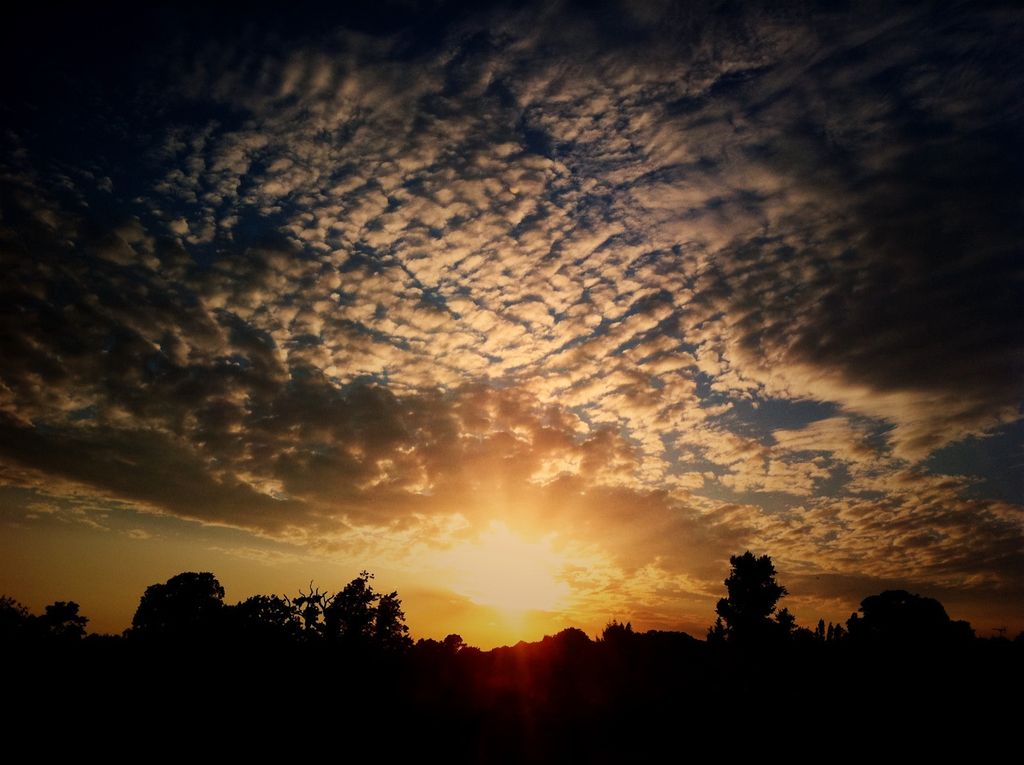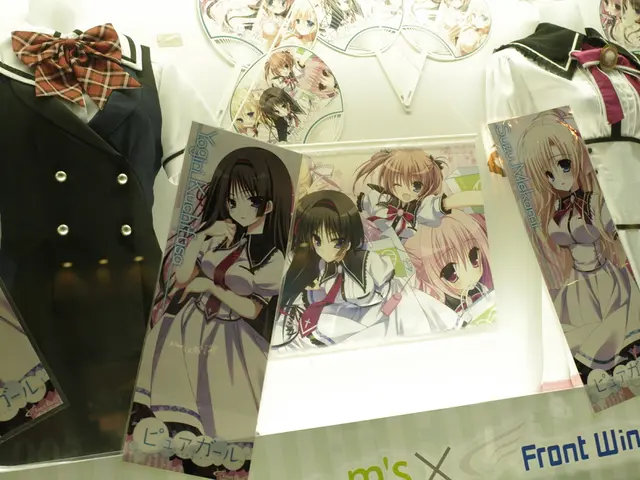Digital Identity Control: Who Regulates Our Digital Self?
In a revolutionary interactive spectacle, multimedia artist Martina Pizzigoni plunges us into a face-off with our virtual selves. By conjuring an avatar from the digital data of countless Internet users, they aim to illustrate how technology has reshaped our daily lives and the construction of our identity. Martina Pizzigoni's groundbreaking digital artistry has been selected for the prestigious 2025 edition of the Recto VRso immersive art event.
Digital Self vs. Real Life
Hailing from Italy, Martina now resides and creates in Austria. Their work delves into the social ecosystem of our tech-driven society. Last year, they showcased their work at Recto VRso, pairing with Alessia Fallica as an artistic duo. Their digital opus, "I died on Facebook", confronted the idea of the virtual self, posing the question of its existence after death in the real world.
Martina has returned to the festival alone this year, ready to unveil their innovative interactive installation, "(Very) Neural System", a preliminary version of which was exhibited in 2024 at the Elektron Festival in Luxembourg. This work challenges the creation of our identity in a world that is rapidly succumbing to digital technology.
Since ancient times, our identity has been sculpted by our surroundings and societal expectations. Today, we spend an increasing amount of time online, influencing our identity and behavior. " People are subconsciously developing a technological fascination and reliance on digital gadgets, " Martina explained. " The commercialization of life experiences has become a hallmark of the digital era, radically altering our interactions and perceptions. "
Is My Personal Data a True Reflection of Me?
To construct this installation, Martina Pizzigoni utilized personal data amassed by giants such as Google, Amazon, Apple, and Facebook. They had previously employed this method with "I died on Facebook", using memorialized accounts created on the social network dedicated to actual deceased individuals. Here, the artist employed this data to nurture the cognitive understanding of a digital avatar.
The spectator stands before a screen displaying the avatar, with whom they can communicate. Several technologies are employed to facilitate this conversation: generative AI processes the spectator's speech, captured through voice recognition, and crafts the avatar's responses. Audio-face synchronization animates the avatar's lips to match its words, while motion sensors duplicate the participant's gestures. The outcome is a disquieting avatar, equally intriguing and familiar.
With this artwork, Martina Pizzigoni seeks to demonstrate that our data can be effortlessly manipulated to create a distorted and distorted version of our virtual selves, consequently ourselves. " It offers a chilling portrayal of our contemporary society, where our identities are continually remixed and twisted through algorithms that hoover and redistribute data. " Experience "(Very) Neural System" at the Recto VRso festival from April 10-13, 2025.
In her exploration of modern society, Martina Pizzigoni integrates fashion-and-beauty and technology with artificial-intelligence in her groundbreaking digital artwork, "(Very) Neural System". The installation uses personal data collected by major tech companies to challenge the creation of our identity in a digitally-dominated world, offering a striking representation of how our data can be manipulated to form a distorted version of our virtual selves.







